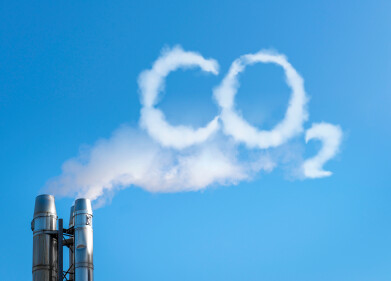Fuel for thought
What Are the Different Types of Oil Wells?
Mar 30 2015
Oil is without a doubt one of the driving forces of the 21st century economy. It’s used to power a plethora of different applications and despite common misconception, not all oil is created equal. On the contrary, oil comes in many different varieties and is sourced from a range of different wells.
The three major players
Oil wells are generally classified into three different categories. Those that exclusively produce oil, those that exclusively produce natural gas and those that produce both oil and natural gas. As natural gas is a common by-product of oil production most sites will need to have a strategy in place to manage its presence.
What to do with the natural gas?
While some extraction sites can sell on natural gas for a profit, unwanted natural gas can pose as a serious problem, both logistically and financially. If producers can’t find a buyer it has to be either burned, which is environmentally controversial, or pumped back into the well. Alternatively, natural gas can be transformed into a liquid which makes for easier transportation. Using the German the Fischer-Tropsch process gas to liquid (GTL) technology converts natural gas into synthetic gasoline, diesel or jet fuel. This can then be easily moved on tankers or through pipelines. According pro-GTL advocates GTL is a much cleaner fuel with better eco-friendly credentials than its petroleum counterparts.
Onshore or offshore?
Another key way of categorising oil wells is to look at whether or not they are located onshore or offshore. While the reservoirs themselves are more or less identical the layout, build and cost can differ quite significantly. Because of the need for advanced infrastructure offshore oil drilling is often far more expensive than onshore projects.
A sense of purpose?
As well as looking at physical aspects wells can also be classified according to their purpose. These sorts of wells fall into five major categories. Wildcat wells are projects located outside of already established oil and gas fields. Exploration wells are tentative ventures that drill in new areas with the hope of discovering untouched resources. Appraisal wells are used to evaluate the characteristics of existing hydrocarbon accumulation, production wells are constructed specifically for harvesting oil and gas while abandoned wells have been permanently sealed.
Lahee classification explained
In the US, and in other countries that drill for oil the Lahee classification system is widely adopted. Established in 1944 by Frederic H. Lahee, the system encompasses a variety of categories which are assigned to each well before drilling commences. The classifications are allocated according to the degree of geological control, pre-determined hydrocarbon potential of the drilling location and the extent of operational risk.
Further reading...
If you’d like to learn more about crude oil, take a look at how crude oil is formed or the different types of fuels that are made from crude oil.
Digital Edition
PIN 26.1 Feb/Mar 2025
March 2025
Analytical Instrumentation - Elemental Analysis for Quality and Process Control at Refineries, for Lubricants and Wear Metals in Engine Oils - Synthetic Lubricants: New Developments - Scaling...
View all digital editions
Events
Mar 31 2025 Hannover, Germany
Mar 31 2025 Beijing, China
Apr 02 2025 Saigon, Vietnam
Apr 02 2025 Atyrau, Kazakhstan
Apr 08 2025 Birmingham, UK






















